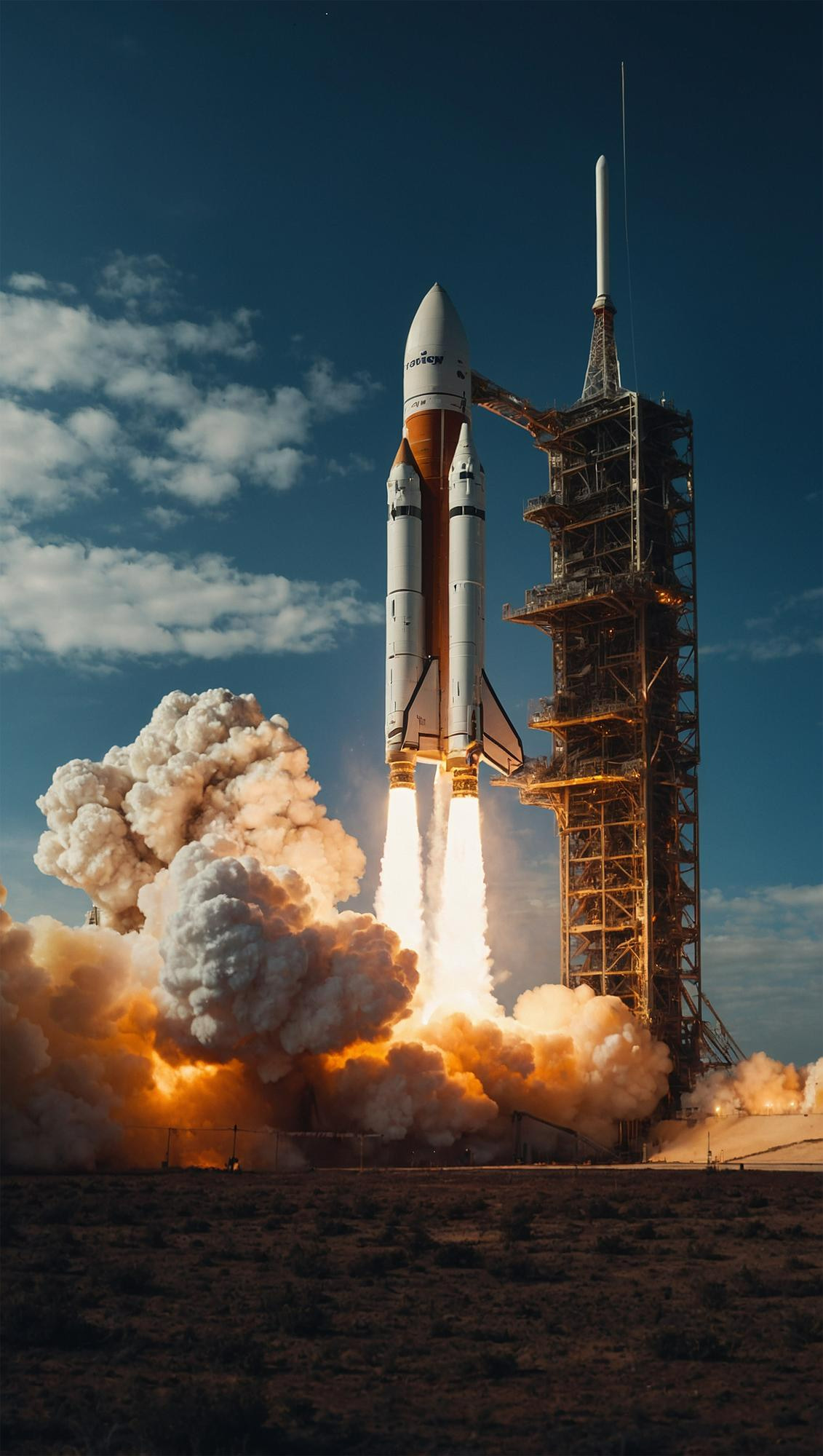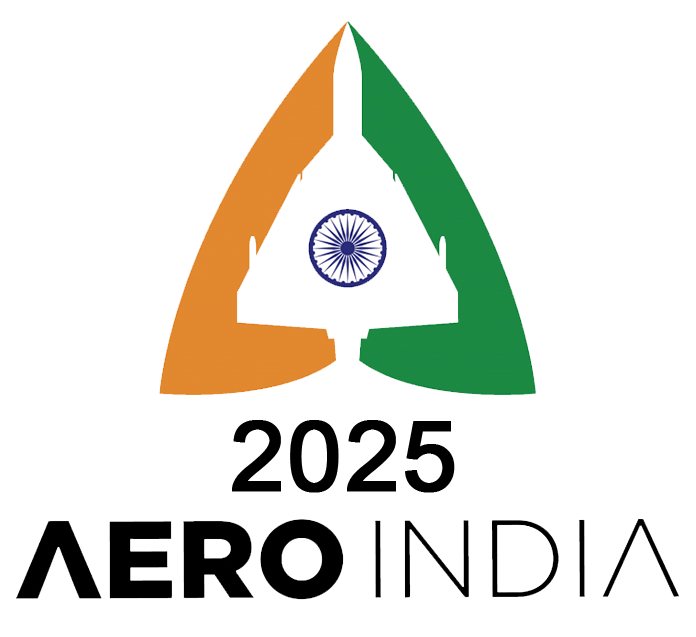Sona SPEED Powers NISAR Mission
The recently launched ISRO – NASA NISAR mission saw major contributions from Sona SPEED, the R&D arm of Sona College of Technology. Beyond supplying the simplex permanent magnet stepper motors, previously used in missions like Chandrayaan-2, Chandrayaan-3, and the RLV landing test, Sona SPEED also provided key gyroscope components used in satellite positioning and specialized Madras Camera Mechanisms essential for weather imaging.
These mission-critical technologies were developed at Sona labs in Salem and Bengaluru, underscoring the institute's growing role in India's private space innovation ecosystem. As the space sector opens to private players, Sona SPEED continues to be a key contributor to both research and high-precision engineering for national and international space programs.
"Our stepper motors were also used for previous missions — including Chandrayaan-2, Chandrayaan-3 and the RLV landing test. Apart from the stepper motors, we have contributed to the gyroscopes in the satellite that manage its positioning and also special Madras Camera Mechanisms used for weather imaging," said Chocko Valliappa, Vice Chairman, Sona Institutions and CEO of Sona SPEED.
With the experience gained from these missions, the private players are now looking to scale operations and eyeing wider domestic and international opportunities. Sona SPEED's Valliappa says, "We are also looking at international offerings. We are already looking at some initial deals right now and in the next couple of weeks we may have something more concrete."
According to Valliappa, "ISRO does outsource a lot of its manufacturing and competence private players. the last two years have seen a large number of players coming into the private sector in the Indian space industry. Just like the auto sector, ISRO has succeeded in building a large ecosystem of MSME suppliers."

